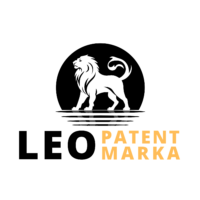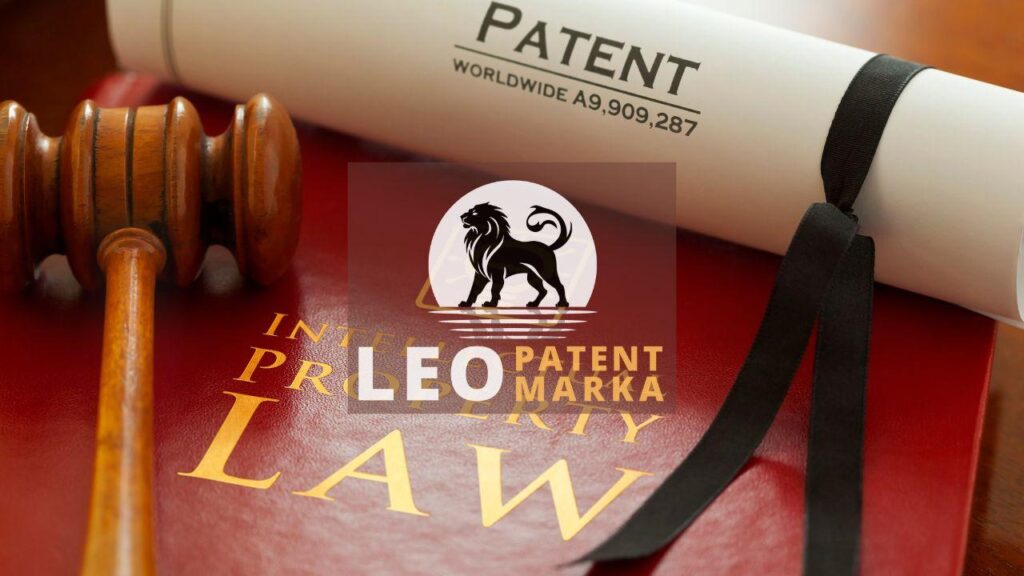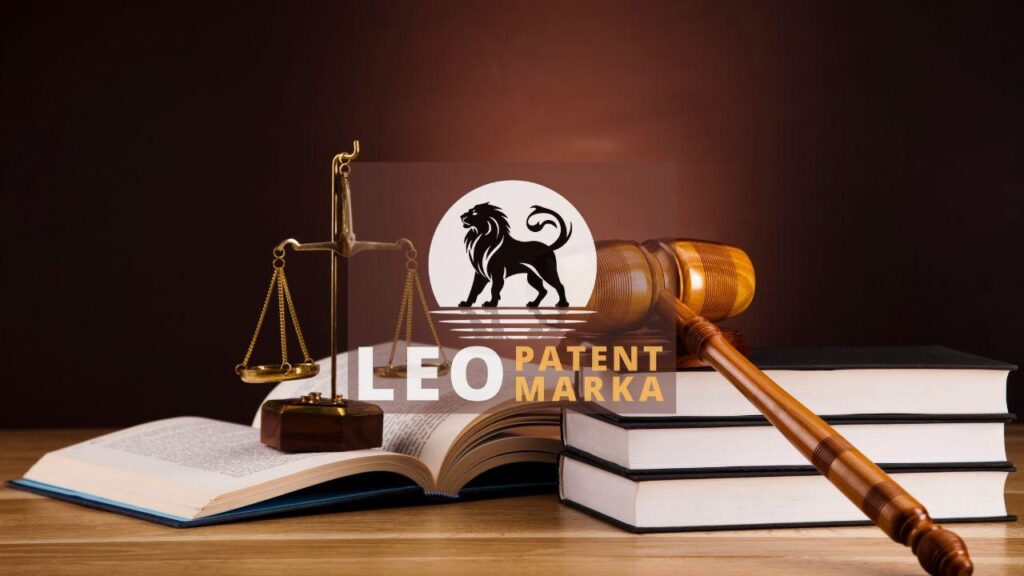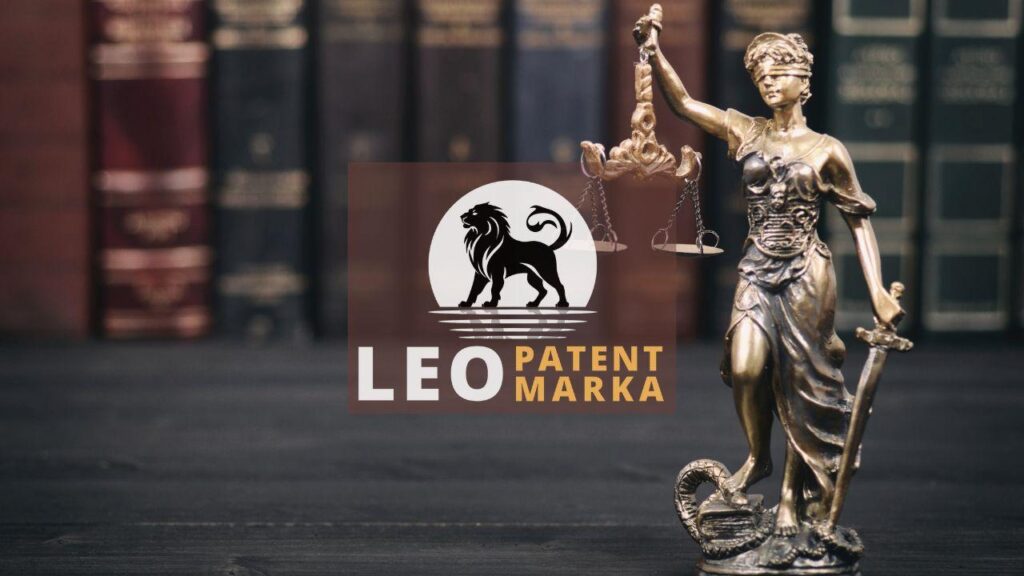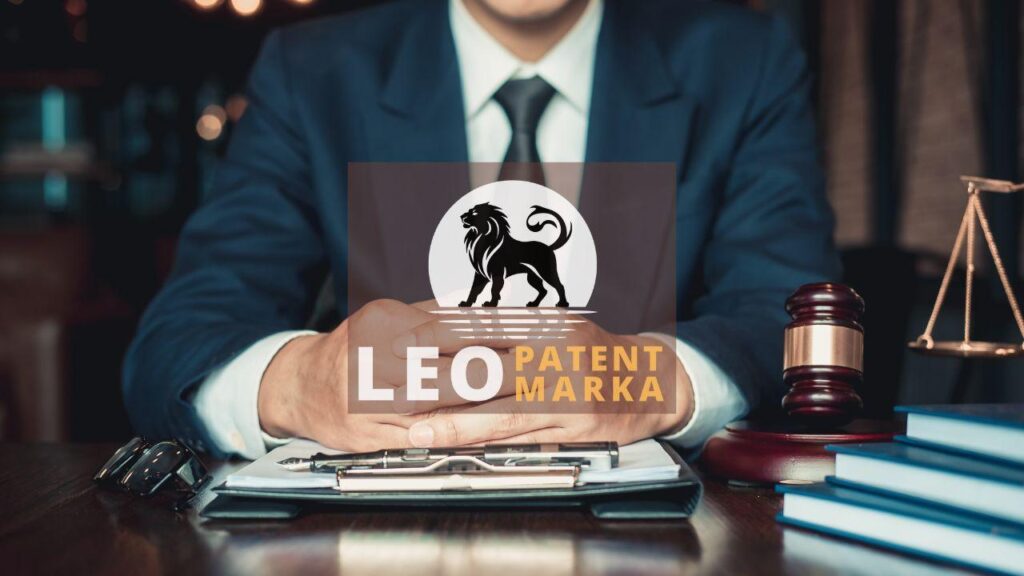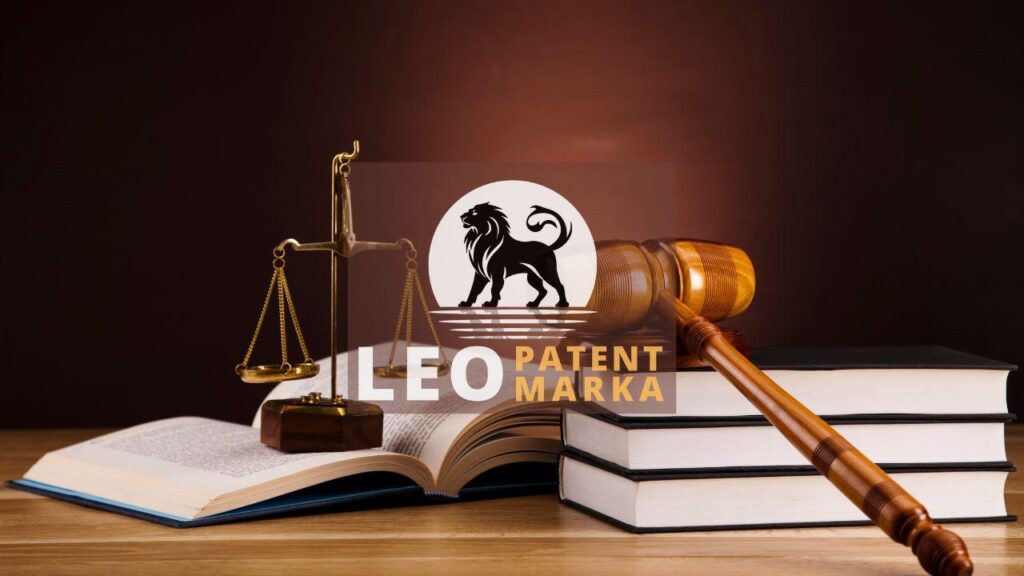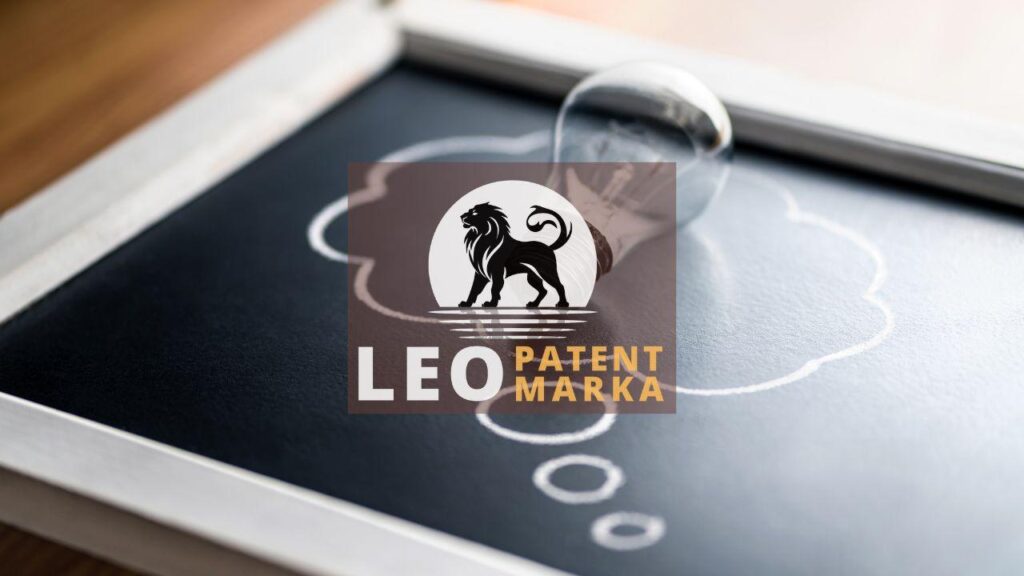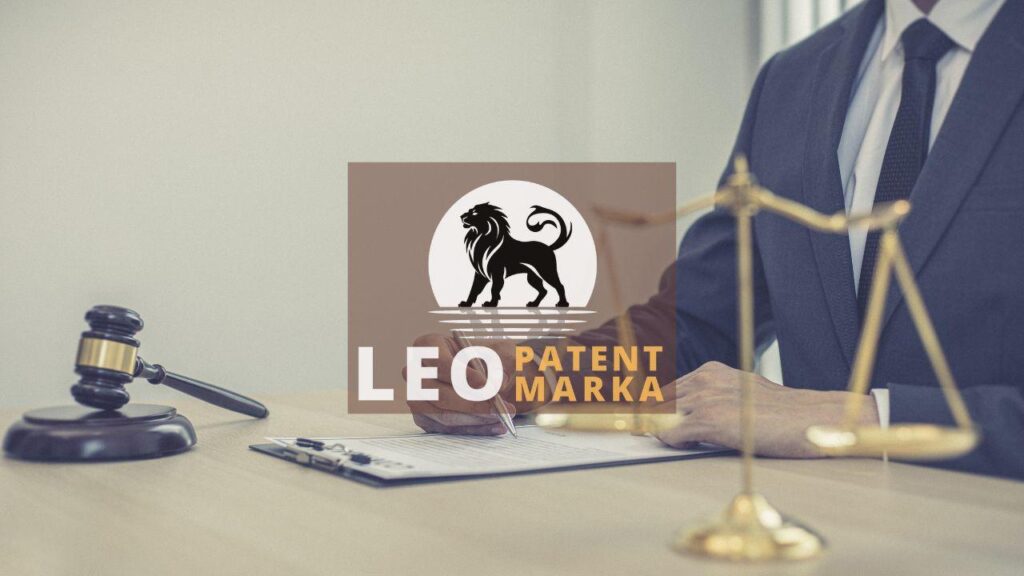In the realm of intellectual property, particularly within Turkish jurisdiction, a design nullity lawsuit can pose significant challenges for both plaintiffs and defendants. At Leo Patent, we understand the complexity and nuances involved in such legal battles. A design nullity lawsuit arises when a party questions the validity of a registered design, often resulting in intricate legal proceedings. Defending against such claims requires thorough knowledge of Turkish intellectual property laws, strategic planning, and meticulous preparation of evidence to demonstrate the originality and compliance of the design in question. In this blog post, we will explore essential elements of crafting a robust defense in a design nullity lawsuit and elaborate on the critical role expert consultation plays in safeguarding your design rights.
Essential Legal Grounds for Design Nullity Defense
To mount a robust defense against a design nullity lawsuit in Turkey, it is crucial to establish essential legal grounds that underscore the validity of the contested design. One of the fundamental defenses involves proving the novelty and individual character of the design. According to Turkish Industrial Property Law, a design must be new and possess an individual character to be eligible for protection. This can often be demonstrated by presenting evidence that no identical or similar designs were publicly disclosed prior to the filing date of the contested design. Additionally, the design should be distinguishable enough from existing works to prevent any direct comparison, showcasing its unique features clearly. Expert assessments and comparative analyses can significantly bolster these claims, highlighting the distinctive elements that set the design apart from others.
Another critical defense strategy is to challenge the legal standing or sufficiency of the evidence presented by the plaintiff. This involves scrutinizing the plaintiff’s claims for procedural and substantive deficiencies, such as failing to establish a legitimate interest in the case or providing inadequate proof of prior disclosure. Additionally, it is vital to examine whether the plaintiff has adhered to the prescribed time limits for initiating a nullity action, as any lapses can weaken their position. At Leo Patent, our expertise in Turkish intellectual property regulations enables us to meticulously assess such procedural aspects, ensuring that every possible avenue for defense is explored. Contesting the credibility, relevance, and admissibility of the plaintiff’s evidence can significantly undermine their case, fortifying the position of the design holder.
Finally, leveraging expert testimonies and technical analyses can serve as compelling evidence to reinforce the originality and compliance of the disputed design. Engaging professionals who specialize in design evaluation and intellectual property law can provide an authoritative perspective on the distinguishing features and innovative aspects of your design. Furthermore, detailed documentation of the design’s development process, including sketches, prototypes, and prior art searches, can substantiate the claims of novelty and individual character. At Leo Patent, we coordinate with a network of industry experts and legal specialists to deliver comprehensive support, ensuring that your defense is substantiated with compelling and credible evidence. Our strategic approach aims to not only counteract the plaintiff’s assertions but also to affirmatively establish the legitimacy and distinctiveness of your design, thus fortifying your position in the legal contest.
Investigative Strategies for Evidential Support in Design Nullity Cases
When faced with a design nullity lawsuit, the initial step in developing a compelling defense is to conduct comprehensive investigative strategies to amass robust evidential support. This involves meticulously scrutinizing the design’s original conception, including sketches, drafts, and any documentation that can substantiate its uniqueness and originality. Collecting testimonies from designers, collaborators, and industry experts can further reinforce the authenticity and compliance of the design with Turkish intellectual property standards. At Leo Patent, we emphasize the importance of an exhaustive prior art search to demonstrate that the contested design does not infringe upon or replicate any pre-existing designs. By leveraging advanced research tools and expert consultations, we ensure that all pertinent evidence is thoroughly analyzed and strategically leveraged to solidify your defense in a design nullity lawsuit.
Furthermore, it is crucial to establish a timeline that accurately reflects the design’s development process and its registration in compliance with Turkish intellectual property regulations. This timeline can serve as a critical piece of evidence to bolster the legitimacy of your design’s originality and pre-registration novelty. Additionally, obtaining affidavits or declarations from third parties, such as suppliers, manufacturers, or business partners, who were involved in the design process can validate your claims and negate any assertions of prior use or lack of originality. At Leo Patent, we meticulously assist our clients in compiling these declarations and testimonials to reinforce the integrity of the design’s development journey. Utilizing forensic analysis to demonstrate the design’s independent creation can further counter claims of replication or infringement, thereby fortifying your position in a design nullity lawsuit.
To round off your defense, leveraging expert witnesses is an indispensable investigative strategy in design nullity cases. Expert testimonies from seasoned professionals in the field of design and intellectual property can provide an authoritative perspective that transcends ordinary evidential submissions. These expert opinions can elucidate the nuanced aspects of your design’s originality and counter any technical claims made by the plaintiff. At Leo Patent, our network includes distinguished experts from various design sectors and intellectual property law, enabling us to craft a persuasive and comprehensive defense. Additionally, graphical comparisons and 3D renderings of the design in question, juxtaposed with any alleged infringing designs, can serve as compelling visual evidence to bolster your argument. Through meticulous preparation and strategic expertise, Leo Patent ensures that every layer of defense is fortified, safeguarding your design rights effectively within the Turkish legal framework.
Best Practices for Drafting Effective Counterarguments
When drafting effective counterarguments in a design nullity lawsuit, it’s imperative to meticulously analyze the assertions raised by the plaintiff and formulate a structured, evidence-based response. Begin by dissecting the plaintiff’s claims regarding the alleged lack of originality or non-compliance with Turkish design laws. Identify weaknesses, inconsistencies, or gaps in their arguments, and gather robust evidence that reinforces the uniqueness and legitimacy of your design. This could include showcasing prior art to prove precedence, compiling expert testimonies that validate your design’s distinctiveness, or presenting market research that demonstrates its uniqueness and commercial presence. Engaging with experienced intellectual property consultants, like those at Leo Patent, can enhance your ability to craft persuasive counterarguments and ensure that your response is both legally sound and strategically robust.
Another crucial aspect of drafting counterarguments is to focus on the technical and aesthetic aspects that differentiate your design from others. Highlight specific features, elements, and innovations that set your design apart, and correlate these distinctions with the legal criteria for design protection under Turkish law. Use detailed illustrations, technical drawings, and comprehensive descriptions to support your claims, ensuring that every unique aspect of your design is clearly evidenced and explained. Additionally, scrutinize the plaintiff’s comparative designs for any misrepresentations or overlooked details that may favor your defense. By meticulously documenting these factors, you can build a compelling case that not only addresses the plaintiff’s assertions but also underscores the originality and compliance of your design.
Equally important is the strategic presentation of your defense during legal proceedings. This involves organizing your counterarguments and evidence in a coherent, persuasive manner that resonates with the court. Begin with a strong opening statement that clearly outlines the key points of your defense. Follow with a logical progression of arguments supported by tangible evidence and expert testimonies. Leverage visual aids effectively to illustrate technical details and aesthetic elements, making complex aspects of your design easily comprehensible. Close with a compelling summary that reinforces the originality and legal compliance of your design, leaving a lasting impact on the judge or tribunal. Consulting with experts from Leo Patent ensures that your defense is not only thorough but also strategically aligned with Turkish intellectual property laws, enhancing your chances of a favorable outcome in the lawsuit.
Disclaimer: This article is for general information purposes only and it is recommended that you consult experts and companies in that field to evaluate your specific situation. We are not responsible for any damage that may arise from the use of the information in this article.
